Ordinary: cut and cut with carbide wheel. Disadvantages: It will produce debris on the surface and requires an additional cleaning process. Spreading: The material is scanned with a high power laser beam. When the surface temperature of the material exceeds its softening temperature, the material begins to melt, melt, and vaporize. Disadvantages: The generated temperature is extremely high, causing high thermal stress and residual stress to cause microcracks to occur. The molten material remains on the inside of the cut surface and needs to be cleaned after cutting. The liquid crystal display panel is composed of two glass plates, and the middle interlayer is a crystal droplet having a thickness of about 5 micrometers. The liquid crystal display panel is an important component of the liquid crystal display. When manufacturing or using the liquid crystal display panel, there may be a liquid crystal display panel with a poor D rule and a large-sized panel that is scrapped. How to transform the original defective product or scrap into a low value A good price is of great significance. However, there are three major technical problems in cutting a large-sized liquid crystal display panel into a small-sized liquid crystal display panel: 1. The liquid crystal is lost in the slit hole after the defective glass is cut in the original liquid crystal display panel; 2. When cutting, the TFT crystal will be cut, causing a short circuit at the bottom cutting point, resulting in poor line appearance when the screen is displayed; 3. The glass in the original liquid crystal display panel has a polarizer. When the polarizing film is cut, the cutting wheel cannot directly contact the glass surface. The polarizer is torn off and the glass is exposed to cut, and the polarizer is removed. Not only does the material cost waste, but it also causes undesirable phenomena such as the formation of patch foreign matter on the glass surface in the subsequent process. (1) cutting the polarizer; first correcting and positioning the slice mold, the slice mold is provided with a scale, adjusting the position of the blade cutting polarizer according to the cutting size of the liquid crystal display panel, setting the position of the two blades at the interval of the slice head, and then fixing the card position, and then placing The liquid crystal display panel performs a polarizing film, and then removes the cut polarizer to expose the glass surface; (2) precise cutting; 1 positioning; the liquid crystal display panel with the polarizer removed is placed in the cutting platform of the cutting machine, vacuum adsorption is fixed, and the image of the pixl unit is found by fine-tuning the CCD of the machine, so that the cutting position avoids the position of the TFT crystal. The cutter head is micro-shifted to the pixl light-transmissive median region to form the positioning coordinate parameters, the coordinate parameters are saved, and the lower knife positioning is completed; 2 the cutting parameters are set; the cutting process controls the cutting parameters, so that the glass after cutting is in a natural fracture state. Preventing splitting and pressing causes leakage of slit liquid crystal; (3) Sealing and curing; the liquid crystal display panel after cutting is sealed with UV glue through a sealing carrier, and the UV glue is sealed after incision to perform the osmosis, the osmosis time is 30 to 40 s; after the osmosis, the UV is irradiated by the UV illuminating lamp. The sealant is completely cured; (4) Inspection test; the liquid crystal display panel after the sealing is cured is subjected to the lighting test inspection, and the product is trusted after being qualified. Further, the position of the two blades in the step (1) is 1.5 to 2.5 mm. Further, the cutting parameters in the step (2) include: a lower knife depth of 0.05 to 0.06 mm, a lower knife pressure of 0.6 to 0.8 MPa, and a knife running speed of 300 to 500 mm/s. Further, in the step (3), the light energy of the UV illumination lamp reaches 1800 J/cm 2 or more, and the lamp illumination stay time is 2 s or more. Further, the interval between step (2) and step (3) shown is not more than 1 min. When we buy LCD products, especially large-screen TVs, we often hear that the purchasers are touting their own products with higher-generation LCD panels. It is true that with the launch of more high-generation LCD panel lines, LCD TVs Basically, large screens of 50 inches and above have taken a large share of the market. The OLED material TV that can't be called out for a long time cannot pose a threat to the LCD screen in the current and future for a long time. In fact, the "X generation line" is a term used in the production and cutting of upstream LCD panels. The panels used in LCD products are cut from a single panel. The higher the algebra of the liquid crystal display panel, the larger the size of the substrate produced, and the larger the screen size for cutting. According to the technical experience of the industry for many years, the most economical cutting piece of glass substrate is about 6 pieces. So what does the increase in liquid crystal generation mean? We can make larger LCD products at a lower cost, but other aspects, such as the display quality and response time of the screen, are basically independent of the generation. Therefore, everyone should remain rational when looking at the issue of panel generation. The increase in the size of the panel has its driving force The continued increase in panel cutting size has its real needs and driving forces, and the main driving force is the increased capacity of upstream panel resources. In the next few years, the global new capacity will be concentrated in mainland China, while the production capacity of Taiwan, Japan and South Korea will hardly increase. Capacity has forced manufacturers to do everything they can to find and even create market demand. For a long period of time in the future, LCD TVs and monitors will account for an absolute large share of the entire LCD upstream panel resources. Panel manufacturers have been active in the development of large-size LCD panels. Especially when panels with high-grade, curved surfaces and technical specifications such as 21:9 are gradually introduced into the market, the growth momentum of large-size LCD TVs is further increased. Prior to this, there was always concern about overcapacity in the industry. Hon Hai Guo Taiming shouted to the mainland manufacturers, hoping that the two sides of the strait could jointly control the expansion of panel production capacity, and domestic panel giants such as BOE continued to promote the implementation of the high-generation sub-panel production line. The fancy is also the layout advantage of large-size LCD in the future. Nanning Ousibang Information Technology Co., Ltd. , https://www.ousibangvape.com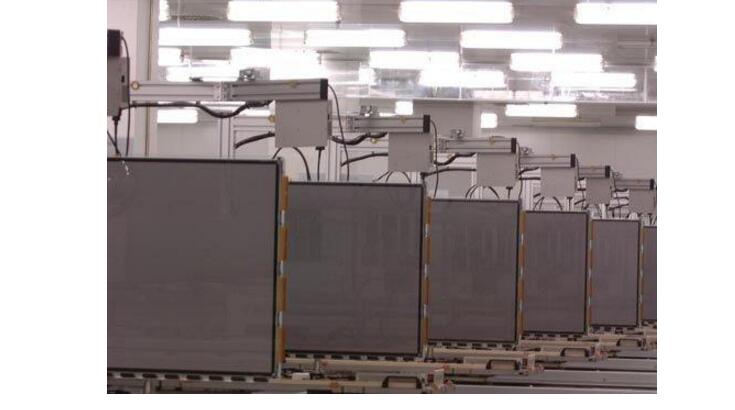
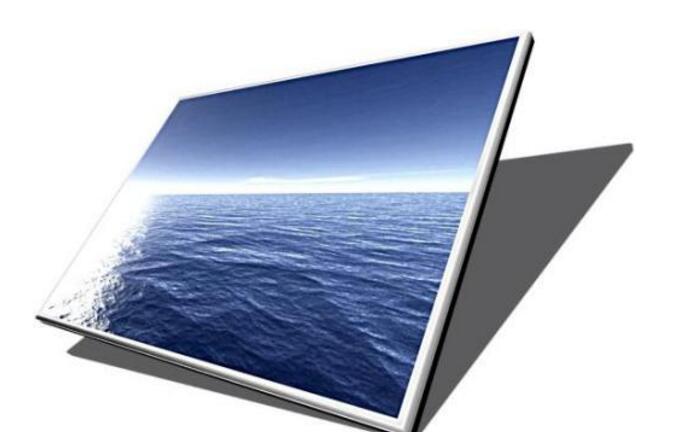
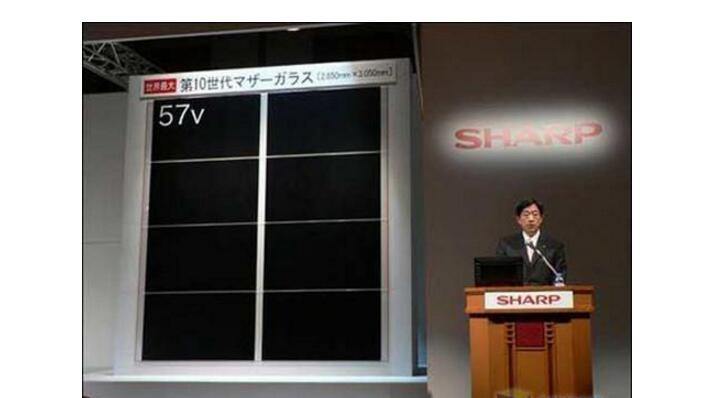
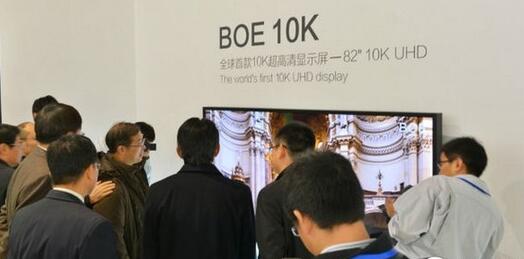
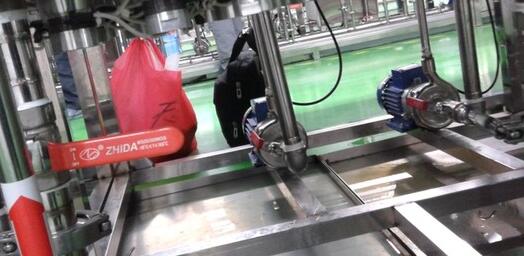
LCD panel cutting process introduction 1, cutter wheel cutting